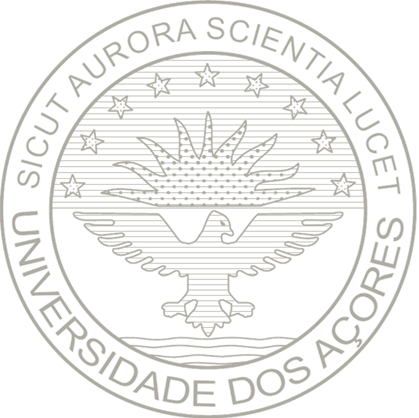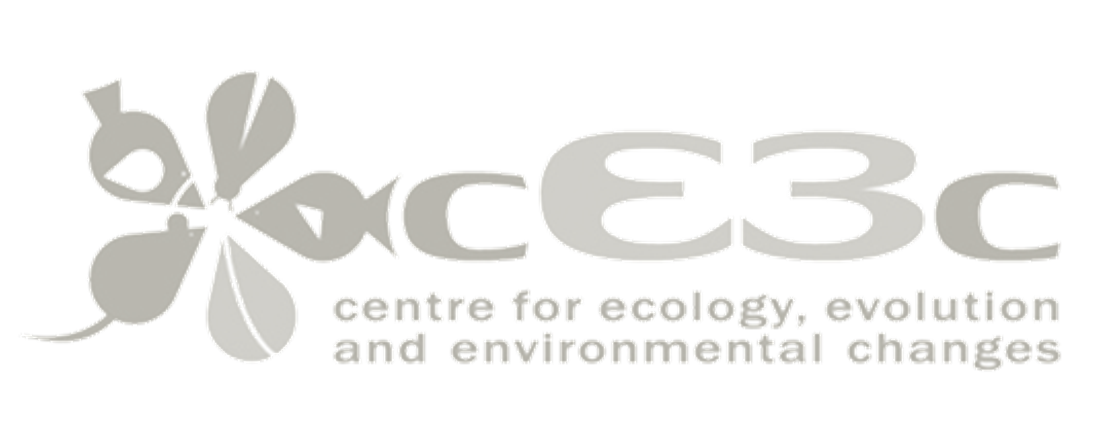Soraia Patricia Lousado Branco
Património imaterial etnobotânico na Serra do Buçaco: Relevância e estratégias de preservação
Património imaterial etnobotânico na Serra do Buçaco: Relevância e estratégias de preservação
Orientadores:
Resumo
Resumo:
O conhecimento tradicional sobre as plantas faz parte do património imaterial de cada povo e nos vários estudos etnobotânicos realizados até à data tem-se observado que este está em declínio. Em alguns países da Europa este conhecimento já é considerado perdido, mas sendo Portugal um dos países Europeus com mais população a viver em áreas rurais é ainda possível encontrar quem viva em íntima relação com as plantas e saiba usá-las para vários fins. Existe por parte da comunidade científica interesse em resgatar este conhecimento quer para manutenção do património e identidade culturais, quer como estratégia de valorização do património natural, quer pela utilidade que este conhecimento pode ter como complemento do conhecimento científico. O presente estudo foca-se na Serra do Buçaco por ser um dos bastiões de diversidade botânica do país e contar com comunidades rurais residentes nas proximidades. Os três grande objetivos deste trabalho foram 1) Recolher o conhecimento tradicional etnobotânico quer por escrito quer em vídeo; 2) Analisar as dinâmicas intergeracionais de transmissão de conhecimentos e a sua continuidade; 3) Perceber se existe interesse por parte dos habitantes da Serra em que este conhecimento seja preservado e de que maneiras. Foram aplicadas entrevistas semi-estruturadas em nove aldeias, a um total de 60 entrevistados, de ambos os sexos e diferentes idades pertencentes a três gerações diferentes dentro de cada família, a viver ou não nas comunidades rurais. Registaram-se no total 99 taxa pertencentes a 42 famílias botânicas. Foram mencionados 115 usos específicos diferentes para estas plantas, tendo estes usos sido agrupados em sete categorias de uso. A Geração mais velha (G1) mencionou mais 47% plantas diferentes do que a geração mais nova (G3). O maior número de citações foi registado nas entrevistas aos informantes com idades compreendidas entre 61 e 70 anos, e o número mais baixo nas entrevistas aos informantes menores de 20 anos. As mulheres mencionaram, no geral, mais plantas do que os homens. Os elementos da G3 admitiram saber menos 70% da informação acerca do uso e procedimentos das plantas que mencionaram do que os seus avós. Contudo a grande maioria dos entrevistados (97%), mesmo os mais novos, considera que é importante preservar o conhecimento etnobotânico. Existe bastante interesse por parte da geração intermédia em saber mais sobre este assunto, e os conhecimentos tradicionais continuam a ser transmitidos, sobretudo por via familiar. Existem vários fatores que condicionam a utilização das plantas por parte dos habitantes da Serra, muitos deles inerentes a tendências próprias da evolução humana, mas também devido a alterações na abundância das espécies úteis nos ecossistemas naturais. Estudos como este ajudam-nos a perceber a importância cultural das plantas para as pessoas fornecendo argumentos a favor da conservação do património natural.
Abstract:
The traditional knowledge about plants is part of the intangible heritage of each population, and various ethnobotanical studies carried out up to date have shown evidences that this knowledge is declining. In some European countries this knowledge is already considered lost, but being Portugal one of the European countries with more people living in rural areas it is still possible to find inhabitants living in a close contact with plants who know how to use them for many purposes. There is a growing interest from the scientific community in recording this knowledge, either for keeping the heritage and cultural identity of an ethnicity, or to valorise the natural heritage, or because of the useful contribution that this knowledge can bring to science. The present study focuses in Serra do Buçaco for being one of the botanical diversity hotspots in the country with rural communities living nearby. The three main goals of this study were 1) To collect the traditional wild plant knowledge of the local population, 2) To analyse the intergenerational transmission dynamics and trends, 3) To analyse the interest of the population in preserving the traditional ethnobotanical knowledge and their ideas of how this can be achieved. Semi-structured interviews were applied in nine villages to a total of 60 informants from both sexes belonging to three different generations among each family. A total of 99 taxa were recorded, belonging to 42 different botanical families. There were 115 different specific uses recorded for these plants, and these uses have been grouped in seven categories of use. The older generation (G1) has mentioned 47% more plants than the younger generation (G1). The informants with ages between 61 and 70 years made the highest number of citations, and informants younger than 20 years old made the lowest. Women mentioned, in general, more plants than men did. The elements from G3 have proven to know 70% less of the information about uses and procedures related to the plants they mentioned than their grandparents. Nevertheless, the majority of informants (97%), even the younger ones, believe that it is important to preserve the ethnobotanical knowledge. There is a growing interest by the intermediate generation in knowing more about this topic, and the traditional knowledge keep on being passed on by oral transmission within the family. There are many factors that condition the use of plants by the inhabitants of Serra do Buçaco, some of them related to tendencies in human evolution, but also due to changes in the abundance of useful species in the natural ecosystems. Studies like this help us understand the cultural importance of plants to people, providing arguments in favour of the conservation of natural resources.




